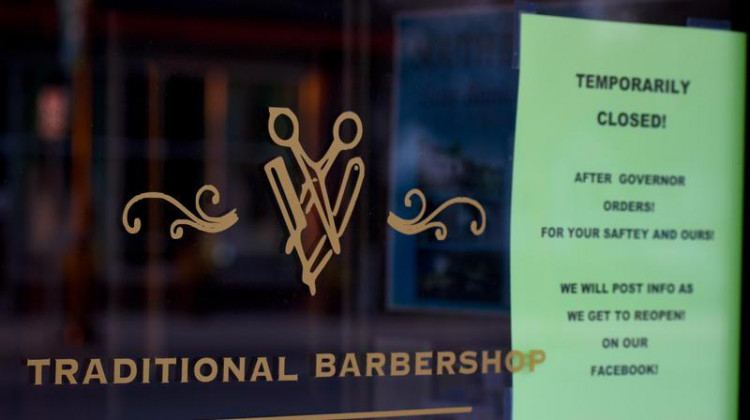
Boulanger's Barberie in South Bend displays a sign citing it's closure due to Gov. Eric Holcomb's "Stay-At-Home" order.
Justin Hicks/IPB NewsIndiana Public Broadcasting’s digital producer Lauren Chapman and reporter Justin Hicks recently joined Side Effects Public Media’s Brittani Howell on Facebook Live to answer questions we’ve received about the new coronavirus and COVID-19.
Here's a sampling of those questions. (Some answers that they provided on the Facebook Live event have been updated.) To join the Indiana 2020 Two-Way and ask your questions, text “elections” to 73224. To join the Midwest Checkup, text “health” to 73224.
Can we get more information about where COVID-19 cases are developing?
So far, most of the information about COVID-19 cases and deaths has focused on location, and has been reported on a city or county level. That helps officials see local, regional and statewide patterns in the outbreak.
Deeper dives into gender, age or racial breakdown of COVID-19 victims rely on the state providing it. Health officials note that African-Americans make up a disproportionate share of deaths from the disease, and some states have begun to report on the racial characteristics of victims. Indiana, for example, says it will release data on race later this week.
“As a data wonk myself, I would love to have those kinds of numbers,” Chapman says. “Because when you look at the number of people who are confirmed COVID-19 in [Indiana], it looks really scary, right?"
About 33 percent of the people hospitalized with COVID-19 are African-American, according to a new study from the Centers for Disease Control and Prevention. But African-Americans make up just 13 percent of the nation's population.
Health experts have outlined some reasons for the disparity, even as they study the data. African-Americans have a higher rate of diabetes and other underlying conditions. They're less likely to have jobs that allow them to telecommute. And they're more likely to be dealing with poverty and a lack of affordable health care.
Do we really know how many people have or have had COVID-19?
No. Generally, localities and states are still doing targeted testing. Health officials say that reserves the limited number of available tests for health professionals, high-risk groups and front-line, essential employees.
“Where we’re at now, we’re only sampling a very, very small portion of people to even have those confirmed cases,” Chapman says.
Indiana's governor and health commissioner floated the number of more than 60,000 Hoosiers having already been infected with COVID-19. Where did that number come from?
On March 13, State Health Commissioner Kristina Box and Gov. Eric Holcomb spoke with reporters to talk about how far spread the virus was in the state, one week after the first case was reported.
In that discussion, they both floated the same figure that Ohio health officials used when estimating community spread with mild symptoms: 1 percent of the state’s total population. In Ohio, that’s more than 100,000. In Indiana that’s more than 65,000.
How much of a delay is there in reporting COVID-19 cases and deaths? What about a delay in testing results? Why does it exist?
Commissioner Box says there is a delay between reporting that a test was conducted and reporting a positive result from that test. The Indiana State Department of Health also updated the data it sends out each day to include when deaths actually occurred, compared to when they were reported to the state.
Chapman says the state relies on county health departments to report those cases and deaths.
“So, you have a governor in Eric Holcomb who issued the 'Stay-At-Home' order a couple of days after our neighboring state. But even then, that trickle-down continues for individual county governments as well,” Chapman says. “So, Indiana as a whole almost can’t be thought of as an individual entity, but instead has to be thought of as 92 separate counties that are in charge of making all of this happen at once.”
How do the Families First Act and CARES Act affect unemployment insurance benefits?
Under the federal Families First Act, employers are required to provide paid sick leave for workers who either get sick from COVID-19, are told to stay home, or have to take care of loved ones.
The federal CARES Act, which includes direct stimulus payments to households, also extends unemployment benefits to self-employed Americans.
READ MORE: Can I Go For A Walk? Here's What The Expanded 'Stay-At-Home' Order Really Does
LEE MAS: ¿Puedo Salir A Caminar? Esto Es Lo Que Significa Una Orden De Permanecer En Casa
What are "essential" businesses that can stay open in states with a "stay-home" order?
Each state defines "essential" businesses differently. For example, to define “essential” businesses in Indiana, the governor has referred to guidance from the U.S. Department of Homeland Security.
Chapman says there are a few obvious businesses to point to: hospitals, grocery stores, pharmacies, gas stations. All of them provide health care, food and other necessities.
But, many others are needed to keep them running, including manufacturers, food producers and warehouses.
“Everything that gets your bag of bread [to] the Kroger down the street from the point that it is wheat on a farm – that entire supply chain is considered essential,” Chapman says. “Including, for example, manufacturing parts for trucks, replacing tires on trucks and gas stations all along the way.”
Still, Hicks says, if you have concerns about whether the business you work for is actually essential, states offer a way to check. For example, the Indiana Occupational Safety and Health Administration has an online form specifically for COVID-19 concerns. Other states have similar form or hotlines.
What are the consequences if a complaint is filed?
A business found to be violating a state order could be forced to shut down, fined or hit with other penalties.
Indiana Public Broadcasting, Side Effects and WFYI are asking Americans about health issues, as part of the America Amplified: Election 2020 initiative. To contact us directly with a question, email health@wfyi.org.
America Amplified: Election 2020 is a public media initiative funded by the Corporation for Public Broadcasting. America Amplified is using community engagement to inform and strengthen local, regional and national journalism. Follow the initiative on Twitter at @amplified2020.
 DONATE
DONATE


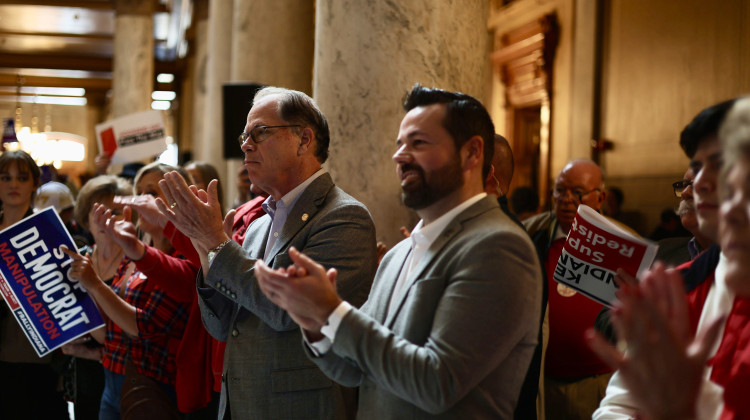
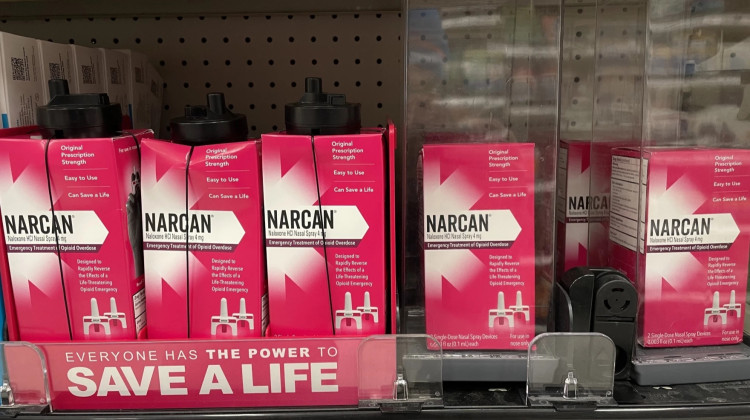
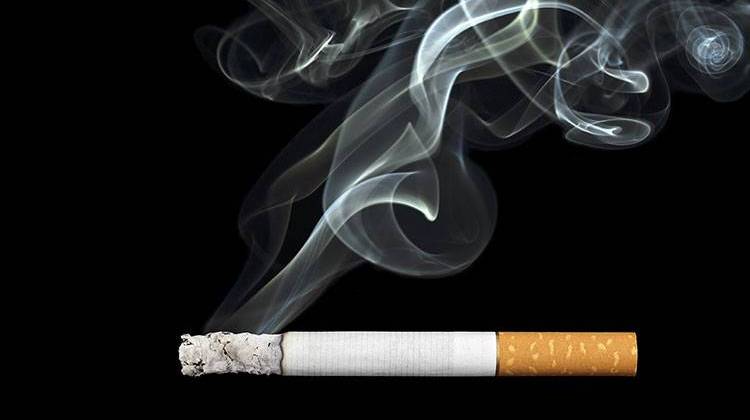
 View More Articles
View More Articles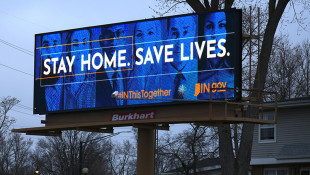
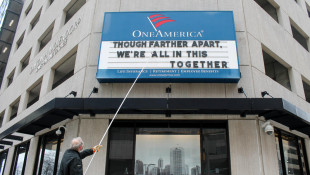
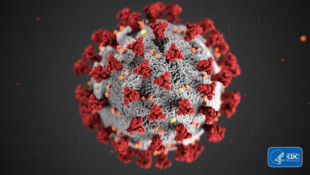


 Support WFYI. We can't do it without you.
Support WFYI. We can't do it without you.